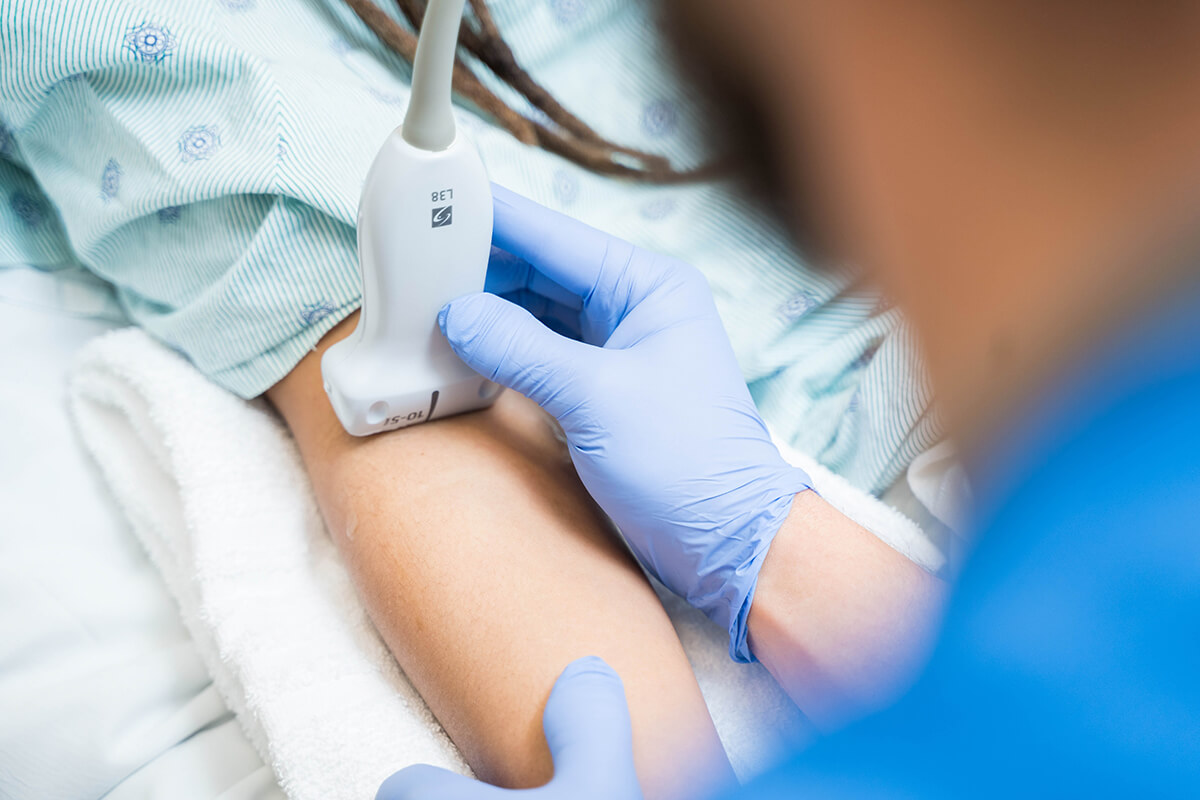Services
Emergency Care
Life-saving care when every second counts

Should you ever have a life-threatening health event, you can count on our 24/7 emergency services. From the ambulance to our emergency room, our team of emergency medical technicians, physicians, and nurse practitioners are specially trained and equipped to handle emergency situations, stabilize patients and provide life-saving care.
Expert care that’s always ready
Some of the common symptoms we assess and treat include:
Certified for excellence in emergency care
From cardiac and stroke care to specialized pediatric care, our emergency services are accredited by leading medical institutions for added peace of mind. Learn more below.
STEMI Receiving Center
Being certified as a STEMI Receiving Center means we have the necessary personnel, equipment and protocols in place to treat patients suffering a heart attack. This certification is based on guidelines set forth by the Los Angeles County Emergency Medical Services agency.
Chest Pain Center accreditation
As an accredited Chest Pain Center, our ER has proven exceptional competency in treating patients with chest pain. This certification is given by the American College of Cardiology (ACC).
Comprehensive Stroke Center
Adventist Health Glendale is the first medical center in California to receive Comprehensive Stroke Center accreditation from DNV-GL Healthcare USA, Inc. This prestigious accreditation means we have exceeded patient safety standards set forth by the U.S. Centers for Medicare & Medicaid Services, the Brain Attack Coalition, and the American Stroke Association.
Emergency Department Approved for Pediatric (EDAP)
As an EDAP emergency room, we have met specific criteria set forth by the Los Angeles County Department of Health to provide specialized emergency care to children.
Our location

Education and Support
Emergency Room vs. Urgent Care
Many people are unsure whether to visit an emergency room or urgent care, which is understandably confusing. In this blog, we explain the differences and in which cases you should visit each. The basic rule of thumb is to visit the emergency room for life-threatening situations.